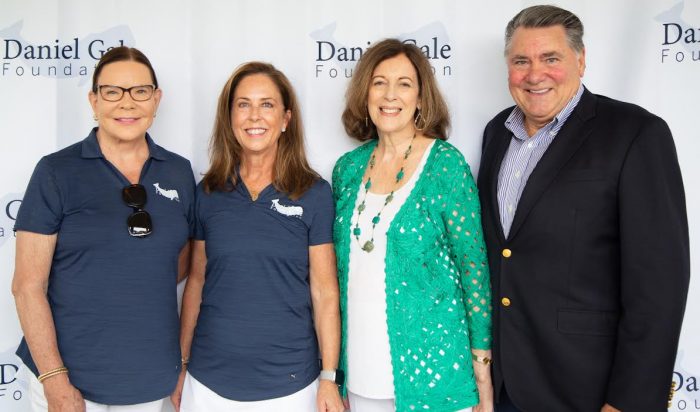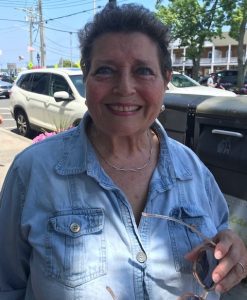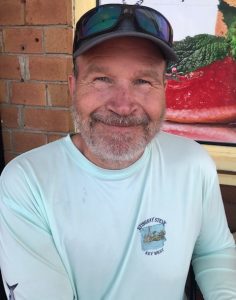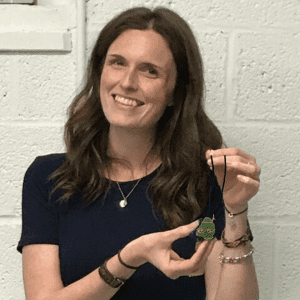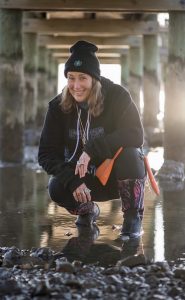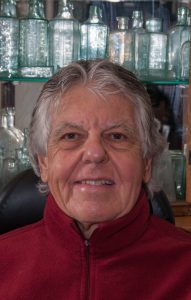By Daniel Dunaief

We are miles, three graduations and almost exactly five years removed from leaving the first house my wife and I bought.
As a close friend prepares to move into the first house he and his wife will own, I started to reflect on the way that first house served as a backdrop for such a seminal period in our family life.
As the temperatures have soared recently, I recalled how our children, who were born in Manhattan, reveled in the chance to run through their own sprinklers. They raced in and out of the water, laughing as their bare feet gripped the soggy, cool ground.
We moved into the house when our daughter had just turned five. On one of her first walks around the neighborhood, she brought back an inchworm on her finger. Eager to share the magic of that tiny life with her mom, she carried it all the way back inside our house, where it disappeared into our steps moments after its arrival.
In the backyard, a perfect climbing tree called to our children. Both of them displayed considerable prowess in scaling that tree towards the top, reaching over 15 feet above us. Their grandparents were in awe of their climbing skills and a bit unnerved by the heights they reached.
Our son and daughter shared a blue swing set. At the top of a small rock climbing wall, they sat on a board sheltered from the sun and rain by a triangular blue cloth. There, they enjoyed ice cream and a few moments in the shade.
On the lawn, we and our children played kickball with their friends and relatives, tossed around a baseball and softball, and played games like Kan Jam.
The seasons each had their defining characteristics. In the spring, a bush by our driveway announced the approaching warm weather with a celebration of white flowers.
Amid a few memorable hurricanes, including the vicious Sandy, we sought shelter in our protected basement, where we slept on mattresses we lugged downstairs, away from howling winds and driving rain. Fortunately, downed trees which cut power for nine days and reduced the temperature inside to 50 degrees didn’t hit our house.
With one season moving both slowly and rapidly into the next, we watched in wonder as our children grew up, bringing hard-earned athletic trophies home and filling the walls with the sound of music that became increasingly melodic and precise.
Family members pulled up to our steep driveway, bringing carved pumpkins, presents and support for our children.
At the end of their treks around the neighborhood during Halloween, our son and daughter emptied enormous pillowcases or bags of candy onto our living room floor, lining up and trading the kind of candy haul that would have made Willy Wonka proud.
Often as my birthday approached, my wife and I spent more time than we probably should have making soft chocolate chip cookies.
During one particularly difficult summer, I developed my first kidney stone. Not wanting to wake anyone, I sought solace in the basement, where I contorted my body into positions on the same floor where we found shelter amid the hurricanes. In the middle of the night, my daughter came down and stood on my back, providing some relief.
Like its occupants, the house wasn’t perfect, with water that took a while to heat at times, bulbs that needed replacing, and appliances that didn’t always work.
And yet, that first house served as the launching pad for new days, dreams and friendships. My wife and I greeted our children’s friends and their parents, who sometimes stopped by for barbecues or to drop something off before the next activity.
As my friend prepares to enter the next phase of his life, I hope the house he shares with his wife bears witness to excitement and adventures that lay ahead, one magical inchworm at a time.




